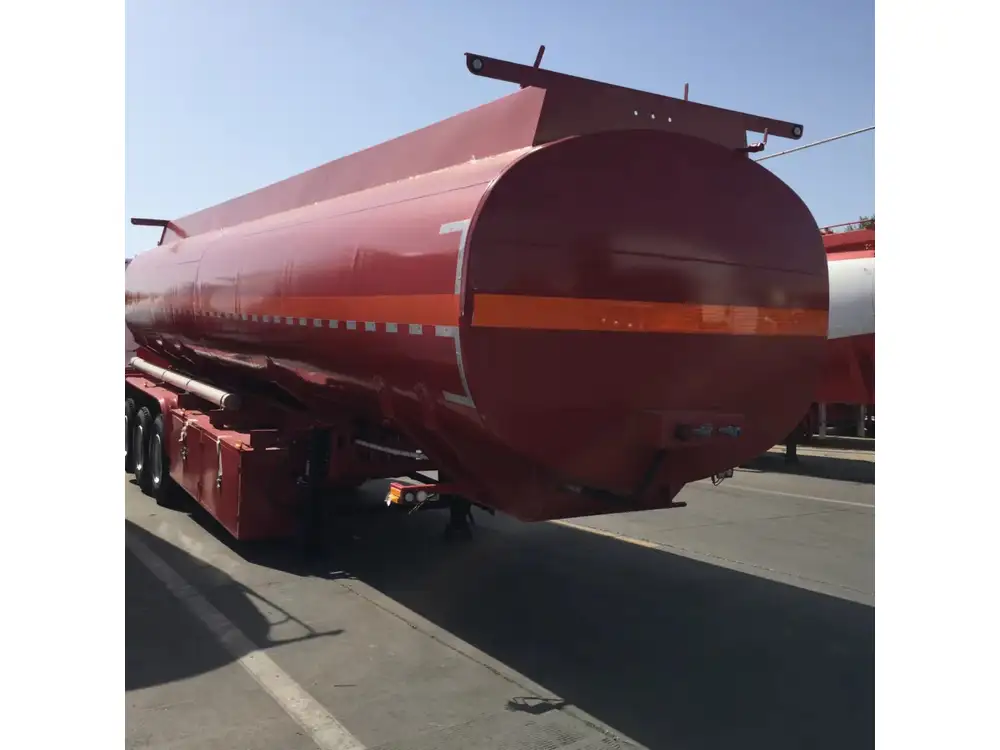Finding the septic tank for your single wide trailer can be a perplexing task, especially if you are unfamiliar with the layout of your property or if it has been some time since it was last serviced. This guide is designed to provide detailed strategies and methodologies for locating your septic tank with ease, while also addressing common issues related to septic systems.
Understanding Septic Systems: A Brief Overview
Septic systems are critical for managing waste in properties that are not connected to centralized sewer systems. Here’s how they function:
- Wastewater Transport: When you flush a toilet or drain water, the waste travels through pipes to the septic tank.
- Separation Process: The septic tank separates solids from liquids. Solids settle at the bottom, forming sludge, while oils and lighter materials float to the top, creating scum.
- Effluent Distribution: The liquid effluent flows from the tank into a drain field, where it is filtered naturally through soil.
Table 1: Key Components of a Septic System
| Component | Description |
|---|---|
| Septic Tank | A watertight chamber where waste is collected and treated. |
| Drain Field | The area where the effluent is dispersed into the soil. |
| Piping | Connects the home to the septic tank and from the tank to the drain field. |

Step-by-Step Process to Locate Your Septic Tank
Step 1: Gather Necessary Information
Before embarking on the quest to find your septic tank, gather any available documents related to your property:
- Site Plans: Check any blueprints or site plans if available; they often indicate the location of the septic tank.
- Permit Records: Local health departments or building offices may store records related to the septic installation.
Step 2: Identify Common Signs
If documentation is unhelpful, focus on visual clues. Here are some common indicators of a septic tank’s location:
- Grassy Areas: Look for patches of grass that are particularly lush or green, as they may indicate a drain field.
- Depressions: A sunken or depressed area in your yard can signal where a septic tank is buried.
- Access Covers: In some cases, access covers may be visible. They are typically 12 to 24 inches in diameter and often made of metal or plastic.

Step 3: Understand the Layout
Knowing the layout of your single wide trailer and its surroundings can significantly help with locating the septic tank. Some insights to consider:
- Distance from the Home: Typically, septic tanks are located 10 to 25 feet from the trailer. This varies by installation practices.
- Slope of the Land: Since gravity aids in waste flow, septic tanks are usually placed downhill from the trailer.
Step 4: Use a Soil Probe
If visual signs do not lead to a definitive location, using a soil probe can facilitate your search:
- What You Need: A soil probe or an auger will help you dig small holes to examine the soil.
- Method: Probe the ground about 10 feet from your home, going every few feet in a grid pattern until you detect a different consistency in the soil.
Step 5: Consider Professional Help
If your efforts have not yielded results, consider enlisting professional assistance. Certified septic system contractors can conduct exploratory digging or use specialized equipment to locate your septic tank quickly.

Maintenance and Care of Your Septic System
Once located, it is vital to maintain the septic system effectively. Neglect can lead to costly repairs, system failures, and environmental hazards.
Recommended Maintenance Practices
- Regular Pumping: Schedule septic tank pumping every 3 to 5 years, depending on usage and household size.
- Monitor for Problems: Be vigilant for signs of trouble, such as foul odors, gurgling pipes, or unusually lush grass over the tank.
List of Potential Signs of Septic Problems
- Strong odors from the tank area
- Slow drains and backups
- Water pooling in your yard
- Lush grass or wet patches above the tank

FAQs About Locating a Septic Tank
Q1: What if I cannot find the tank?
If all attempts fail, contacting a local septic service professional is advisable.
Q2: Can I install a new septic system without knowing the old one’s location?
You can, but it is crucial to ensure that the old system is properly decommissioned to prevent environmental hazards.

Q3: How can I protect my septic tank?
Avoid parking vehicles over the septic tank and do not plant trees or shrubs nearby, as roots may invade the tank.
Conclusion
Finding the septic tank for your single wide trailer may initially seem daunting, but with the right tools and guidance, you can efficiently uncover its location. Understanding the dynamics of your septic system and maintaining it properly will ensure its longevity and effective operation. Prioritize routine checks, professional consultations, and be observant of the signs your property offers, and you will navigate septic ownership with confidence.



